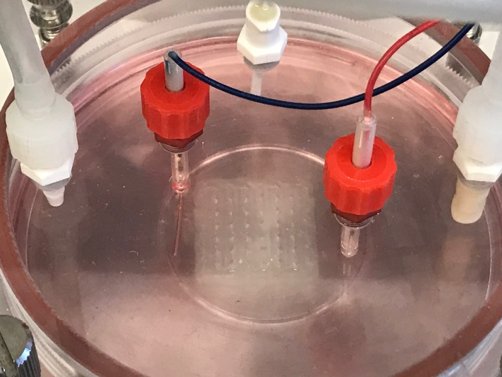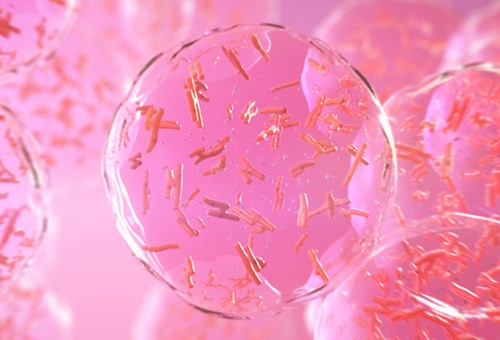BIOLIFE4D, a biotechnology company from Chicago, has successfully demonstrated the ability to 3D print human heart tissue.
The 3D printed tissue is the first research activity at the company since filing an initial public offering of $50 million in September 2017, and presents a base step towards its ambitious goals.
“From the beginning,” explains BIOLIFE4D CEO Steven Morris, “our mission has been to utilize our technology to save lives. Today, we believe we are one step closer to ultimately achieving that goal.”
Eventually, the company hopes to be able to develop technology capable of 3D printing valves, blood vessels, miniature organs and a full human heart.

Organ 3D printing reality check
Incredibly complex in its construction and material composition, a full-scale 3D printed human heart is, at present, no more than a blue-sky idea for scientists and researchers working in the field of biomedicine.
One thing that is possible with 3D printing though, is the development of new therapeutic treatments for the heart and other organs.
The microscopic vessel structure of the kidney has been replicated in numerous 3D bioprinting studies, including a project led by Professor Jennifer Lewis at Harvard University and in a recent development from San Francisco biotechnology company Prellis Biologics.
For the heart, Lewis and the Harvard team have also developed a 3D printed organ-a-chip device that replicates the motion of the organ on a small scale, and 3D printed stents have been shown to be effective.
BIOLIFE4D 3D printed heart patch
What has been achieved by BIOLIFE4D is a 3D printed patch that, with further development, could become a viable medical treatment for heart conditions. Live cells that naturally occur in the human heart added to the material feed stock before 3D printing . Once prepared, the material extruded into the shape of a patch, which is then incubated to encourage the cells inside it to grow.
According to the company, the 3D printed heart patch “contains multiple cell types of which the human heart is made of” rather than just muscular cardiomyocytes, and “includes preliminary vascularization,” i.e. the first stages of development into vessels.

Rapid 3D bioprinting
The whole process, material perpetration through to a viable 3D printed patch, was completed within a matter of days. Dr. Ravi Birla, Chief Science Officer (CSO) at BIOLIFE4D, comments “We are extremely excited to have achieved this milestone and to successfully demonstrate our ability to 3D print human cardiac tissue. When we began this process, we knew this would be a key step in validating our technology and scientific approach, so we are pleased to be able to have accomplished this so quickly.”
Furthermore, “These efforts clearly demonstrate our ability to bioprint human tissue and provide a clear and rapid pathway towards bioprinting human hearts.”
This is not the first time however that researchers have managed to 3D print a cardiac patch. In April 2017, scientists at the University of Minnesota achieved the feat and proved its viability in an animal model.
For more 3D bioprinting updates and general 3D medical news, ssubscribe to the 3D Printing Industry newsletter, follow us on Twitter and like us on Facebook.
Seek new opportunities in the industry by creating a profile at 3D Printing Jobs, or post a job now to bring in new leads.
Featured image shows human heart artwork. Image via BIOLIFE4D



